#british castles
Text

Annie Ovenden (British, b. 1945), Restormel Castle
#annie ovenden#women artists#landscapes#british landscapes#trees#grove#hills#rural landscape#cornwall#british castles
264 notes
·
View notes
Text


Moreton Corbet Castle, England.
#moreton corbet#Moreton Corbet Castle#england#english Castle#english castles#british castles#haunted#haunted castles#haunted aesthetic#haunted buildings#haunting#ghosts#ghost sightings#historical buildings#night photography#dark photography#aesthetic#eerie#creepy#dark#liminalcore#eeriecore#creepycore#horror aesthetic#horrorcore#photography
106 notes
·
View notes
Text

Happy First Day of Spring!
Photo: Edinburgh, Scotland
#scotland#uk#united kingdom#edinburgh#dunedin#auld reekie#edinburgh castle#castle#british castles#spring#flowering trees#great britain#british isles#travel#tourism#adventure#explore#flowers#trees#european travel#europe#see the world#international travel#european vacation#nature#history
50 notes
·
View notes
Text

Bamburgh Castle
Northumberland, England
#photographers on tumblr#original photographers#landscape photography#history#british castles#england#british#lensblr#luxlit#imiging
35 notes
·
View notes
Text

125 notes
·
View notes
Text

Dunvegan Castle, Isle of Skye
#nature#landscape#castle#buildings#scotland#isle of skye#travel#fairycore#royalcore#trees#castle garden#writing inspiration#writing inspo#dunvegan#scottish castle#british castles#wip: witch of the wild
5 notes
·
View notes
Text
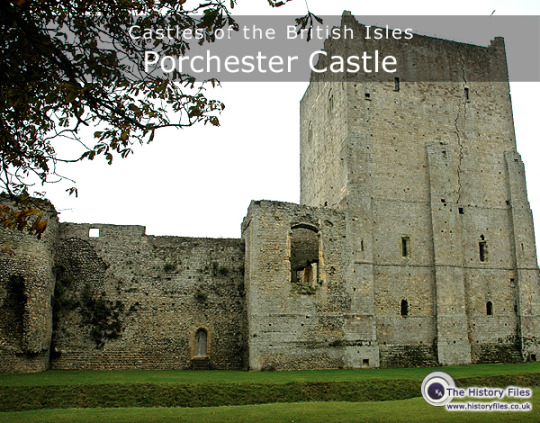
Portchester Castle : this castle Hampshire on England's south coast began life as a Roman coastal fort, one of their Saxon Shore forts, but it also contains medieval additions which extended its working life across a millennium.
#history#historyfiles#castles of the british isles#castles of britain#british castles#castle#castles#portchester castle#hampshire#england#saxon shore#portus adurni
4 notes
·
View notes
Text
I Am Given a Castle: The Memoirs of Michael Saunders Watson :: Michael Watson Saunders

View On WordPress
#978-1-8991-6388-5#autobiographies#books by michael watson saunders#british castles#british heritage#british library trustees#diaries#first edition books#health service mandarins#historic buildings management#historic houses association#journals#leicestershire castles#memoirs#party heritage group#public accounts committee#public administration#rockingham#royal botanic gardens#royal naval history#royal navy officers#tam dalyell
0 notes
Text

Windsor Castle from Datchet Lane on a rejoicing night, 1768
by Paul Sandby
#windsor castle#art#paul sandby#windsor#datchet lane#england#english#bonfire#night#full moon#river bank#fireworks#river thames#middle ward#winchester tower#star buildings#georgian era#georgian#great britain#history#celebration#king#george iii#torch#tricorn hat#drunken#drunk#castle#british#torchbearer
212 notes
·
View notes
Text
yknow I really didn't think it was possible to make me angrier at JK Rowling but then I found out she wrote a book abt an autistic person being sucked into a cult (that's totally not an analogy for trans people what you talking abt) because they just can't possibly know what's good for them, they need their fathers to come and hire private investigators to get them out of a cult. And in the book autistic people are referred to by the r slur and called "a bit simple".
I didn't think it was possible for me to hate this paternalistic, honeyed head-patting, self-righteous, hate-driven HAG of a woman more than I did but fuck me here we are.
#terfs dont fucking touch#anti gender critical#anti radfem#not to toot my own horn or whatever but when midsommar came out i legit had a 'oh my god is anyone seeing this?' momen#because everyone was talking abt how it was a 'happy ending' for dani like she didnt just get inducted into a violent cult#but heyyyyyyy thats just me what do i know#its not like im the owner of this brain or anything#OBVIOUSLY a british terf that lives in a FUCKING CASTLE and has NEVER MET ME EVER IN HER LIFE knows me better then i know myself :)))))))#anti gc#trans rights#ableism tw#tw ableist language#i hate jk rowling i hate her i hate her i hate her so muchhhhhhh#anti jkr#fuck jkr#had to edit the tags because i realized 'jk rowling' attracted terfs and i dont fucking want that noise#im already fucking angry im not taking being talked down to because im autistic
328 notes
·
View notes
Photo

Castles of the British and Irish Isles
by u/NeilParkinsonMakes
442 notes
·
View notes
Text

"And I am convinced that nothing can ever separate us from God’s love. Neither death nor life, neither angels nor demons, neither our fears for today nor our worries about tomorrow—not even the powers of hell can separate us from God’s love. No power in the sky above or in the earth below—indeed, nothing in all creation will ever be able to separate us from the love of God that is revealed in Christ Jesus our Lord." -- Romans 8:38 - 39
Photo: Edinburgh, Scotland
#edinburgh#scotland#dunedin#uk#great britain#castles#british castles#united kingdom#europe#graveyards#cemetery#spooky#halloween#romans 8:38#explore#adventure#travel#tourism#bible verses#historic cities#edinburgh castle#edinburgh old town#gaelic#world travel#see the world#holy scripture#holy bible#new testament#hope#inspiration
7 notes
·
View notes
Text

John Martin (1789-1854)
"The Bard" (c. 1817)
Oil on canvas
Romanticism
Located in the Yale Center for British Art, New Haven, Connecticut, United States
#paintings#art#artwork#landscape painting#literary painting#john martin#oil on canvas#fine art#english artist#british artist#bard#river#mountain#mountains#cliffs#castle#thomas gray#yale center for british art#museum#art gallery#1810s#early 1800s#early 19th century
136 notes
·
View notes
Text
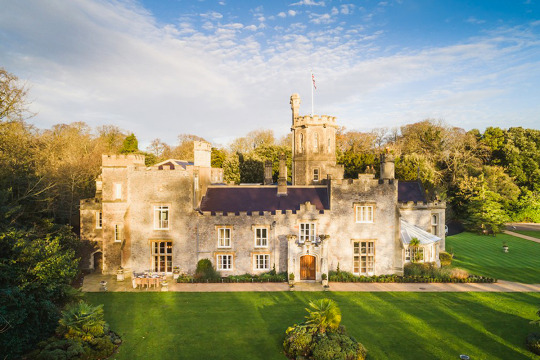
#castle#castles#english castles#british castles#castle to rent#chateaux#chateau#schloss#fairytale homes#fairytale aesthetic
87 notes
·
View notes
Text

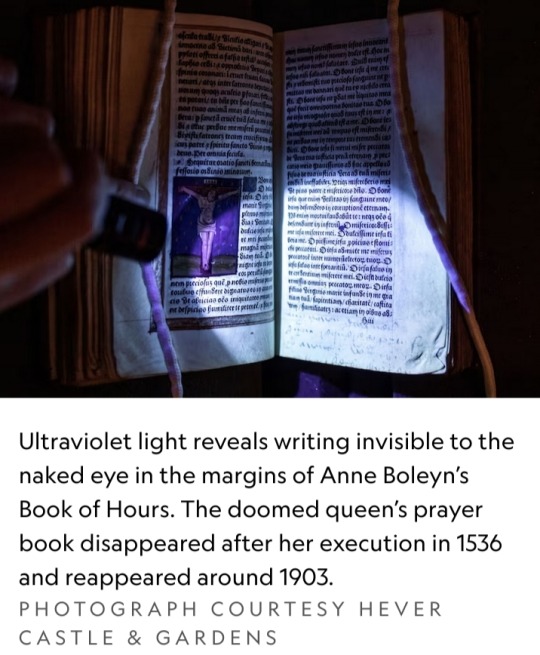
By Leslie Patrick
1 August 2023
Anne Boleyn (c. 1501 or 1507 – 19 May 1536), King Henry VIII's second queen, is often portrayed as a seductress and ultimately the woman responsible for changing the face of religion in England.
In reality, she was a fiercely intelligent and pious woman dedicated to education and religious reform.
But after her arrest and execution on false charges of adultery and incest in May 1536, Henry VIII was determined to forget her memory.
Her royal emblems were removed from palace walls, her sparkling jewels tucked away in dark coffers, and her precious books disappeared from the pages of time.
One of Boleyn’s books that has reappeared is the Book of Hours, a stunning prayer book, printed around 1527 with devotional texts designed to be read throughout the day, features hand-painted woodcuts — as well as a rare example of the queen’s own writing.
In the margins of one of the beautifully decorated pages, she penned a rhyming couplet followed by her signature:
“Remember me when you do pray, that hope doth lead from day to day, Anne Boleyn.”
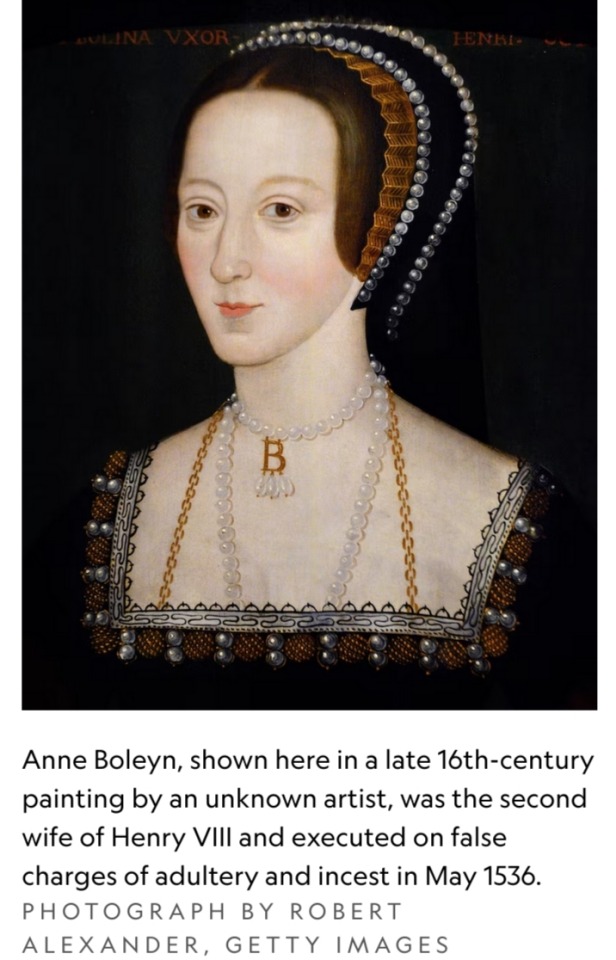
The book vanished with Boleyn’s execution in 1536, then resurfaced around 1903 when it was acquired by the American millionaire William Waldorf Astor (31 March 1848 – 18 October 1919) after he purchased Hever Castle, Anne Boleyn’s childhood home in the English countryside.
The hiding place of the disgraced queen’s devotional tome had been a mystery for centuries, until recent research by a university student uncovered hidden signatures that helped trace its path through history.
The discovery
The book’s whereabouts in the 367 years between Boleyn’s death and its reemergence remained puzzling until 2020 when Kate McCaffrey, then a graduate student at the University of Kent working on her master’s thesis about Anne Boleyn’s Book of Hours, found something unexpected in the margins of the book.
“I noticed what appeared to be smudges to the naked eye,” recalls McCaffrey, assistant curator at Hever Castle since 2021.
Intrigued, she borrowed an industrial-strength ultraviolet light and set it up in the darkest room of Hever Castle.
Ultraviolet light is often used to examine historical documents because ink absorbs the ultraviolet wavelength, causing it to appear darker against the page when exposed.
“The words just came through. It was incredible to see them underneath the light, they were completely illuminated,” the curator recalls.
McCaffrey’s theory is that the words were erased during the late Victorian era when it was popular to cleanse marginalia from books or manuscripts.
But thanks to her extraordinary detective work, these erased words turned out to be the key that unlocked the tale of the book’s secret journey from certain destruction at the royal court to safety in the hands of a dedicated group of Boleyn’s supporters.
The guardians
Indeed, various pages throughout the text reveal the names and notations of a string of Kentish women — Elizabeth Hill, Elizabeth Shirley, Mary Cheke, Philippa Gage, and Mary West — who banded together to safeguard Anne's precious book and keep her memory alive.
While it’s unclear how the book was initially passed to these women, Anne Boleyn expert Natalie Grueninger suggests it was gifted by Anne to a woman named Elizabeth Hill.
Elizabeth grew up near Hever Castle, and her husband, Richard Hill, was sergeant of the King’s Cellar at Henry VIII’s court.
There are records of the Hill’s playing cards with the king, and there may have been a friendship between Elizabeth and the queen that prompted Boleyn to pass her prayer book on before her execution.
“This extended Kentish family kept the book safe following Anne’s demise, which was an incredibly brave and bold act considering it could have been considered treasonous,” says Grueninger, podcaster and author of the book The Final Year of Anne Boleyn.
Anne’s Book of Hours was passed between mothers, daughters, sisters, and nieces until the late sixteenth century, when the last name makes its appearance in its margins.
“This story is an example of the women in the family prioritizing loyalty, friendship, fidelity, and a personal connection to Anne,” says McCaffrey.
“The fact that the women have kept it safe is a really beautiful story of solidarity, community, and bravery.”
The book, currently on display at Hever Castle, is a touchstone of the enigma that was Anne Boleyn.
Castle historian and assistant curator Owen Emmerson points out that the book contains Anne’s DNA on the pages from where she touched and kissed it during her daily devotions.
“This was a really beloved possession of hers,” says Emmerson.
“Because of what happened to Anne Boleyn, we don’t have a vast amount of information in Anne’s own words. But the physical remnants of her use of the book, and the construction of that beautiful little couplet, have her identity in them.”
While Anne’s Book of Hours has finally found its way home, the research into this intriguing historical mystery is not yet over.
McCaffrey continues to chart the book’s provenance through the centuries to find out where it was hiding all this time.
The discovery of the inscriptions illuminates the book’s furtive journey, providing us with a glimpse into the controversy, loyalty, and fascination that Anne Boleyn has engendered for the past 500 years.

#Anne Boleyn#King Henry VIII#Book of Hours#William Waldorf Astor#Hever Castle#Kate McCaffrey#University of Kent#ultraviolet light#Natalie Grueninger#Owen Emmerson#Elizabeth Hill#Elizabeth Shirley#Mary Cheke#Philippa Gage#Mary West#The Tudors#House of Tudor#British Royal Family
234 notes
·
View notes
Link
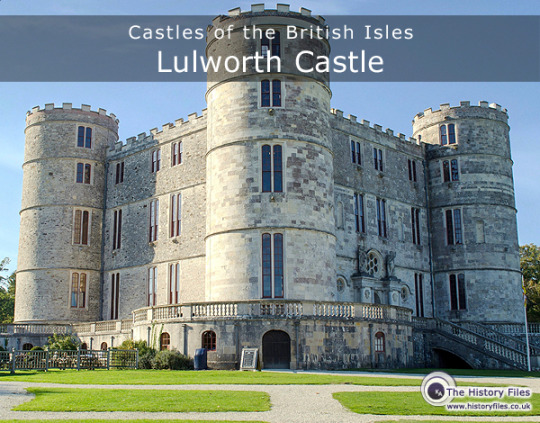
The origins of Lulworth Castle in Dorset can be pinned to the year 1608 when Viscount Thomas Howard created a hunting lodge here.
#history#historyfiles#castles#lulworth#lulworth castle#british castles#dorset#visit dorset#dorset history#castles of the world#castles of england#castle weekend
10 notes
·
View notes